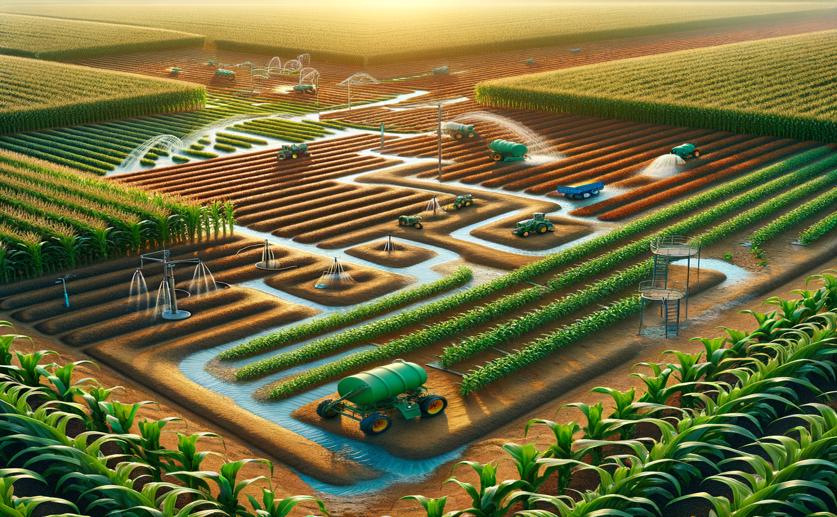
Evaluating AquaCrop for Soil Management and Water Efficiency in Corn Farming
Greg Howard
27th June, 2024

Image Source: Natural Science News, 2024
Key Findings
- The study in Ile-Ife, Nigeria, showed that the AquaCrop model accurately predicted maize canopy cover under different soil fertility conditions
- The model effectively simulated maize grain yields, even with some underestimations in soil water storage and evapotranspiration
- Applying 150% of the recommended NPK fertilizer levels significantly improved maize land and water productivity
AgricultureEcologyPlant Science
References
Main Study
1) Assessment of the AquaCrop model to simulate the impact of soil fertility management on evapotranspiration, yield, and water productivity of maize (Zea May L.) in the sub-humid agro-ecology of Nigeria
Published 26th June, 2024
https://doi.org/10.1007/s44279-024-00030-5
Related Studies
2) Brief history of agricultural systems modeling.
3) Modelling maize yield, soil nitrogen balance and organic carbon changes under long-term fertilization in Northeast China.



 1st May, 2024 | Jim Crocker
1st May, 2024 | Jim Crocker